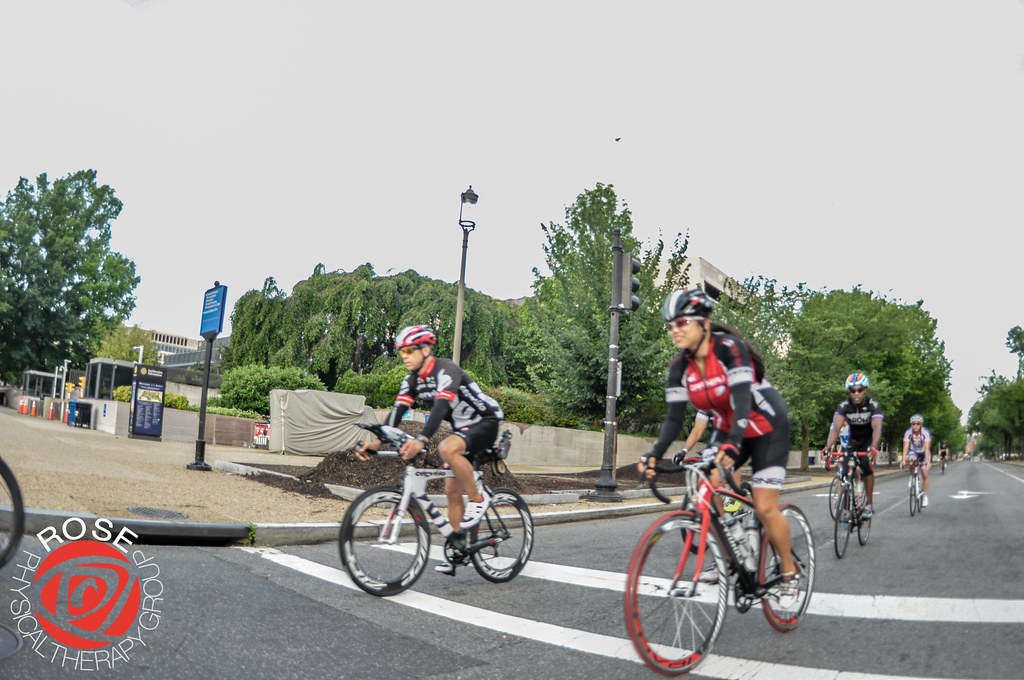- 11 Historic Wildfires That Changed Fire Management Data Reveals - October 4, 2025
- The 1883 Krakatoa Event And Its Global Weather Effects Records Show - October 2, 2025
- How Scientists Use Climate Models To Forecast The Future - October 2, 2025
Brooklyn, New York: America’s Surprising New Cycling Capital
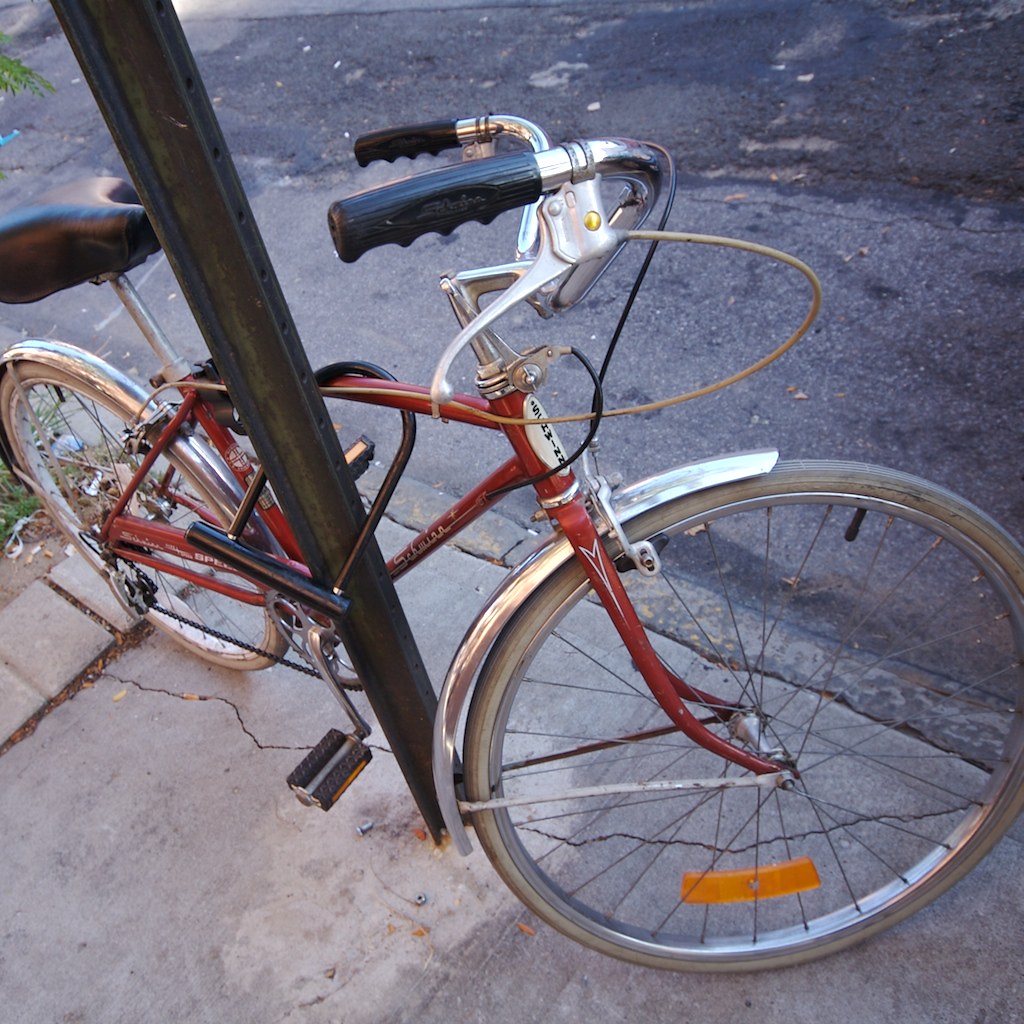
Here’s something that might blow your mind: Brooklyn, New York, tops PeopleForBikes’ 2025 City Ratings as the best large U.S. city for biking with an impressive score of 72, marking the highest rating ever achieved by a major American city. This Brooklyn transformation didn’t happen overnight though – it’s the result of dedicated investments in protected bike infrastructure that have fundamentally changed how people move around the borough.
What makes Brooklyn’s achievement even more remarkable is that winning cities dedicating 85-90% of cycling budgets to physically separated facilities. The city’s approach focuses on creating genuine protection for cyclists rather than just painting lines on roads. For a place that was once synonymous with heavy traffic and urban chaos, Brooklyn’s rise to the top spot represents a complete rethinking of urban transportation priorities.
Minneapolis, Minnesota: The Winter Cycling Wonder
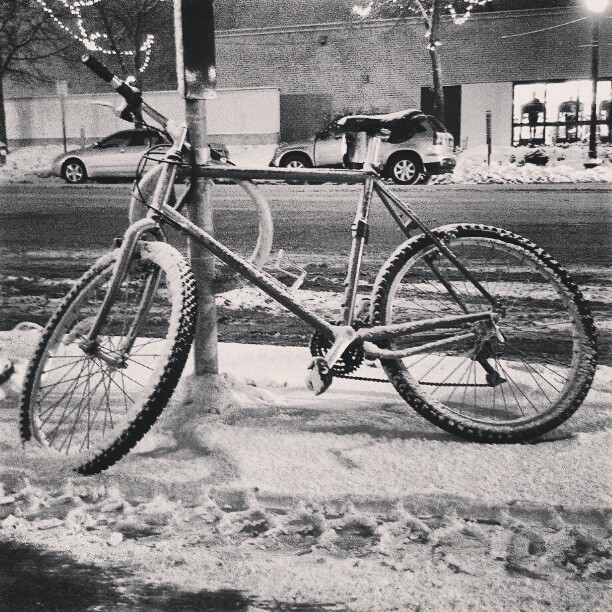
Minneapolis is the most bikeable city in the U.S. Minneapolis earns its high marks in part due to its extremely flat terrain, interconnected parks, and robust cycling infrastructure. Think about that for a second – a city known for brutal winters has somehow created a year-round cycling paradise. Minneapolis is home to 16 miles of protected bikeways and 98 miles of bike lanes, creating an extensive network that connects neighborhoods, parks, and employment centers.
The city’s transformation has been nothing short of dramatic. Minneapolis’ score surged from 17 to 71, leading large U.S. cities for the second year in a row. Key factors include speed limit reductions, OpenStreetMap data improvements, and the construction of protected bike lanes like those on Bryant Avenue South. What’s particularly impressive is how Minneapolis has managed to make cycling work despite Minnesota’s challenging weather conditions, proving that climate doesn’t have to be a barrier to creating bike-friendly cities.
Davis, California: The Original Bike Lane Pioneer
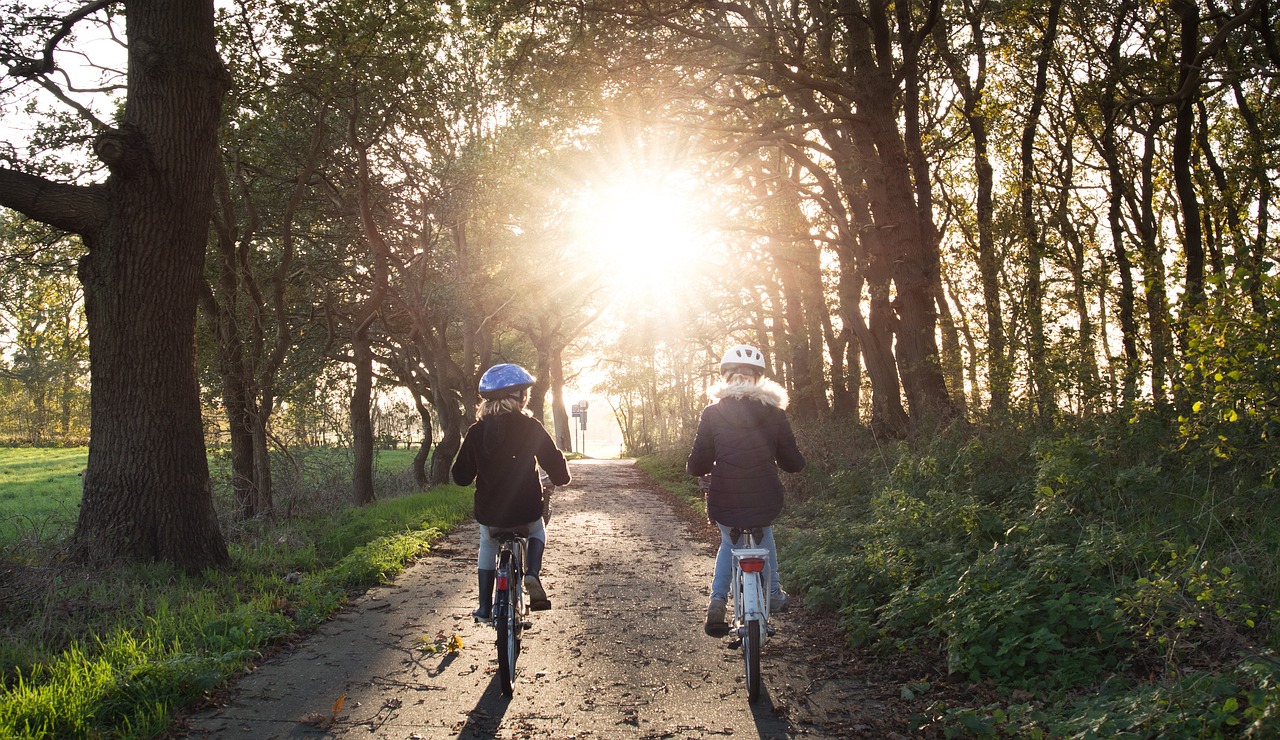
You might not realize it, but every bike lane in America can trace its roots back to a small California college town. Davis is home to the very first bike lane that was implemented in the United States; it was created in July of 1967. What started as an innovative experiment has evolved into something truly extraordinary – the city hosts 102 miles of bike lanes, as well as 63 miles of additional pathways for bikers.
Davis maintains its status as America’s cycling laboratory through continuous innovation. Davis was the first in U.S. to install bike only traffic signals, and the city continues to pioneer new approaches to bike infrastructure. The numbers speak for themselves: The 2010 U.S. Census Bureau count revealed that Davis had the highest percentage of bicycle commuters in the U.S. An estimated 22.1% of the working population commuted to their job using a bicycle. That’s not just impressive – it’s revolutionary for an American city.
Seattle, Washington: The Emerald City’s Green Transportation Revolution
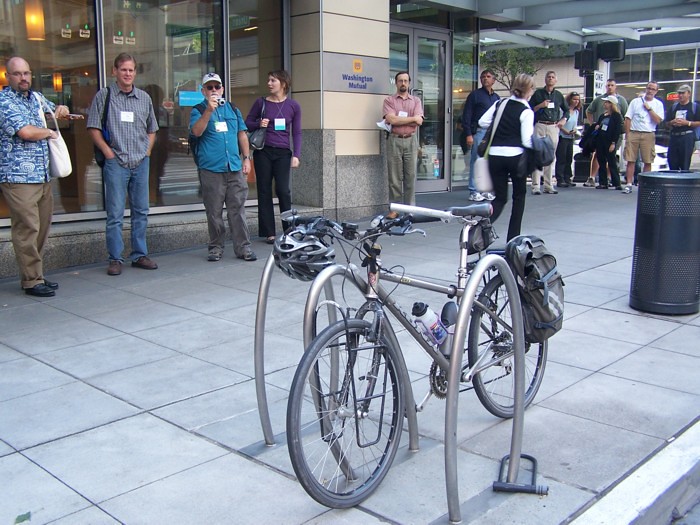
Seattle has been quietly building one of America’s most comprehensive bike networks, and the results are starting to show. Seattle boasts an impressive 400 miles of cycling and commuting infrastructure, creating connections throughout the hilly city that many thought impossible just a decade ago. The city’s approach combines practical infrastructure with smart policy changes that make a real difference for everyday cyclists.
Seattle cut traffic speeds to 20mph on non-arterial highways and roads, allowing Seattle to come second in the list of larger bike-friendly US cities. Speed reduction might sound like a small change, but it’s actually one of the most effective ways to improve cyclist safety. Seattle’s commitment to expanding its network continues with 12 more miles of bike lanes coming to Seattle in 2024, with the city beginning construction on 12 miles of new bike infrastructure.
Portland, Oregon: The Rose City’s Pedal Power Legacy
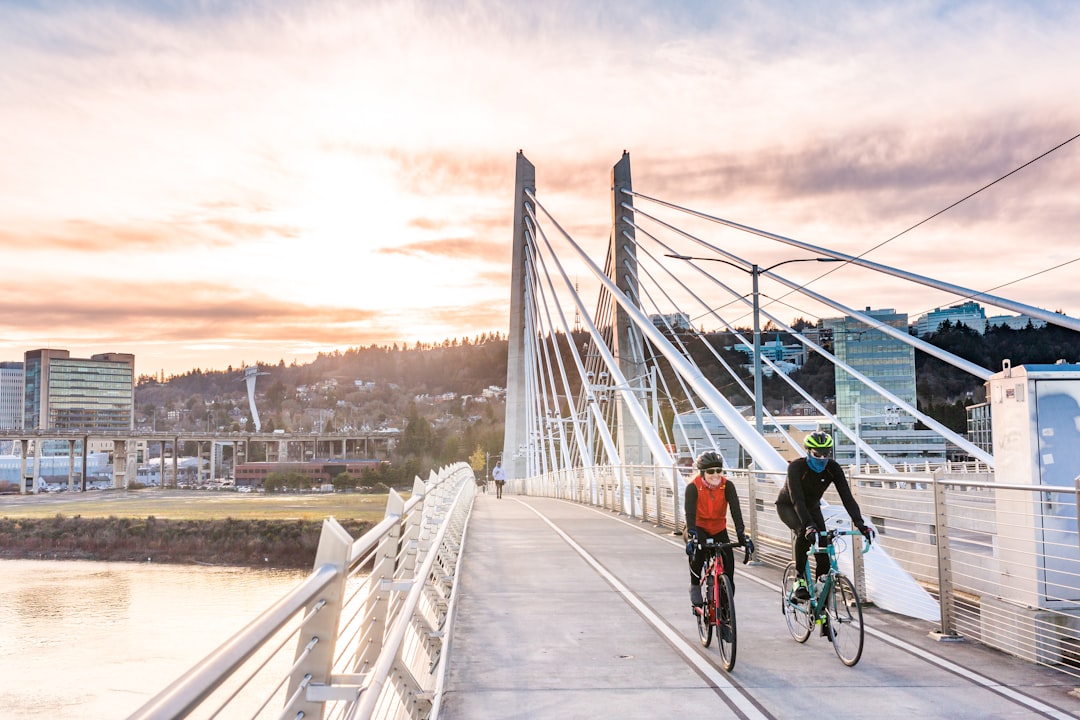
Portland has long been considered America’s cycling capital, and for good reason. With more than 160 miles of bike lanes, 94 miles of neighborhood greenways, and 85 miles of bike paths, the city has earned a bikeability score of 83 out of 100, compared to the national average of 56. The city’s comprehensive approach includes everything from protected lanes to innovative programs that make cycling accessible to everyone.
What sets Portland apart is its commitment to cycling equity and safety. Safe street infrastructure has resulted in just 0.12 fatal crashes involving cyclists per capita — about 61% fewer than in the average city. The city also leads in innovative programs like the Nike-sponsored Biketown bike share program, which offers thousands of e-bikes at subsidized rates, making cycling accessible to residents regardless of their economic situation.
San Francisco, California: Conquering Hills with Smart Infrastructure
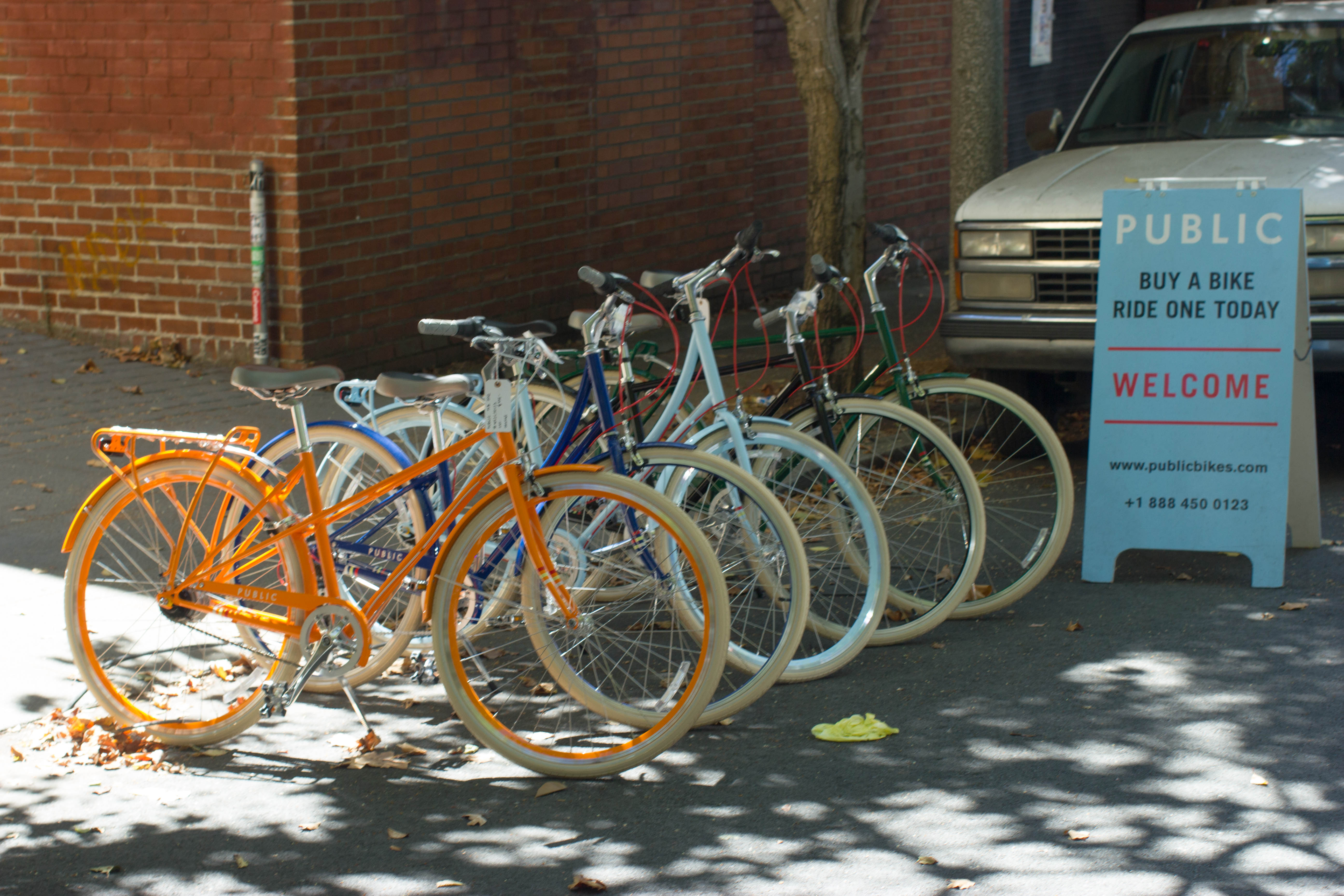
San Francisco is the third-most bikeable city in the nation. A beacon of pedestrian safety, San Francisco is also the most walkable city in the U.S. and is known for its interconnected bikeways, trails, parks, and infrastructure. What makes San Francisco’s achievement remarkable is that the city has managed to create excellent cycling infrastructure despite challenging topography that includes some of the steepest streets in America.
The city’s approach focuses on creating safe connections between neighborhoods while working around the natural landscape. San Francisco is committed to making the city safer and more accessible to everyone through initiatives like Sunday Streets, which transforms miles of streets into car-free community spaces, and Bay Wheels, the region’s bike share program. These programs show how cities can create cycling culture through both infrastructure and community engagement.
Saint Paul, Minnesota: The Comeback Story of the Decade
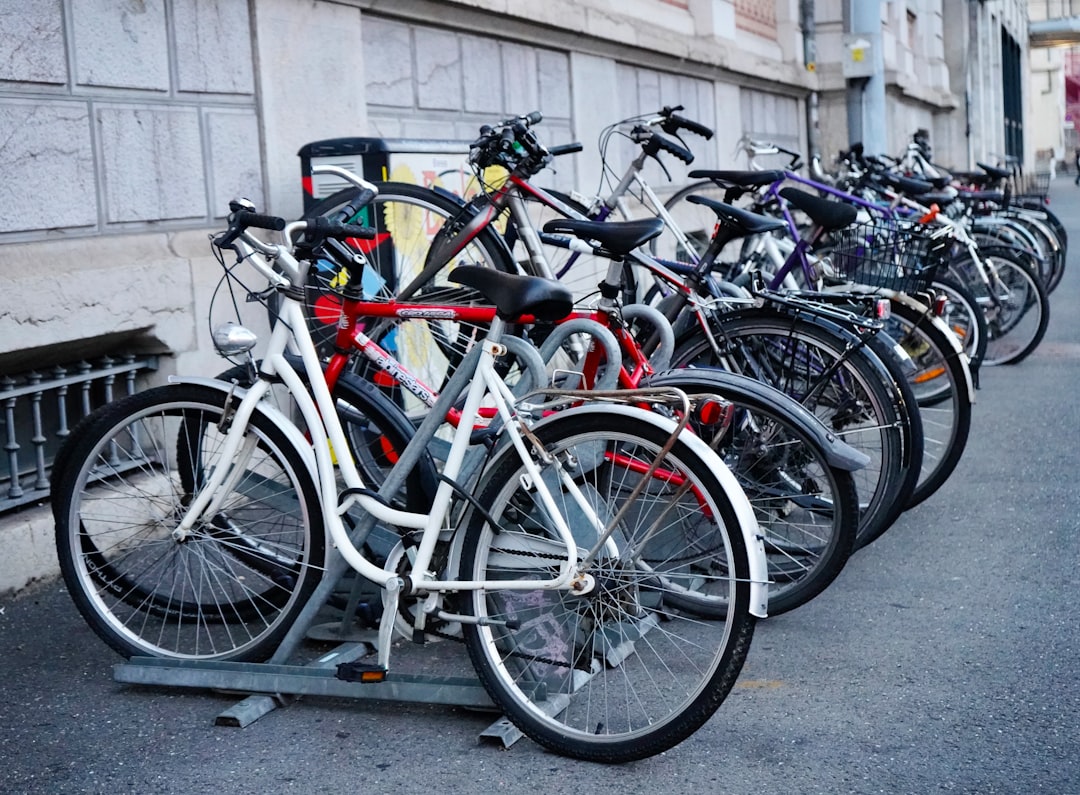
If you want to see what rapid transformation looks like, look no further than Saint Paul. Saint Paul, MN, delivered 2025’s most dramatic improvement, jumping from 9 points in 2020 to 62 points today. That’s not just improvement – that’s a complete reinvention of how a city approaches transportation. The transformation shows what’s possible when cities commit serious resources to cycling infrastructure.
Saint Paul jumped from a score of just 9 in 2020 to 61 in 2024 thanks to lowered speed limits and projects that have fundamentally changed the cycling experience in the city. Saint Paul’s story proves that cities don’t need decades to become bike-friendly – with the right approach and sufficient investment, dramatic improvements can happen in just a few years.
Washington, D.C.: The Capital’s Cycling Infrastructure Boom
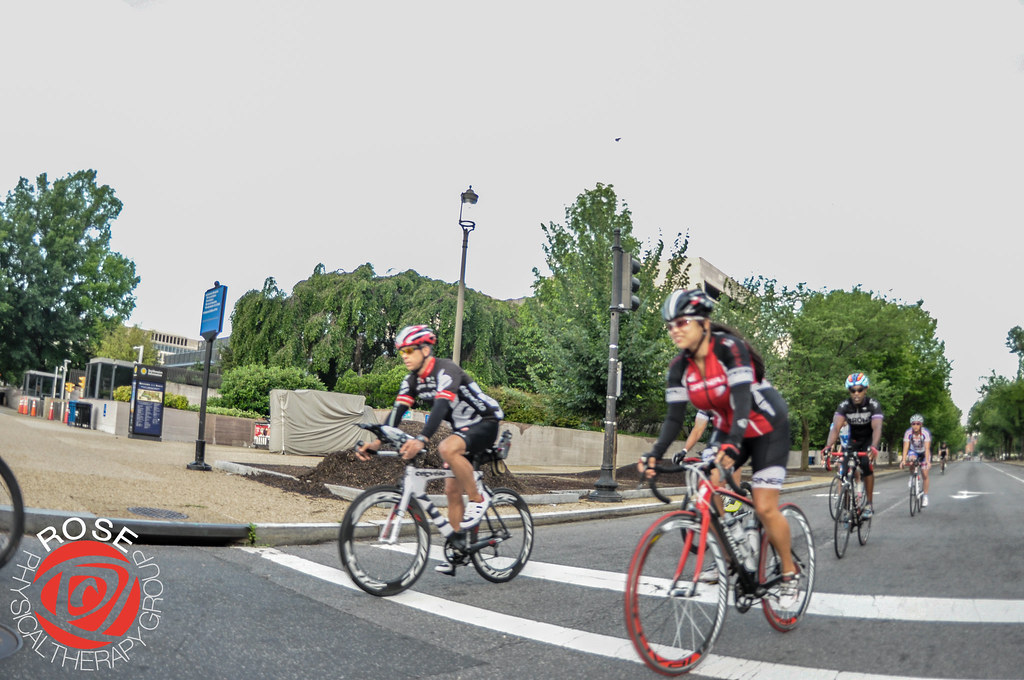
Washington, D.C. is the eighth-most bikeable city in the U.S. As the nation’s capital, it has a lot to boast about: Downtown D.C. neighborhoods are among the most bike-friendly in the nation; Capital Bikeshare provides thousands of affordable rides anywhere in the metro area; and over 160 miles of bike paths, trails, and lanes connect the city. The city’s relatively flat topography and compact layout make it naturally suited for cycling, but smart planning has maximized these advantages.
What makes D.C. particularly impressive is how it has integrated cycling infrastructure with public transportation and urban planning. The city’s bike share program has become a model for other cities, demonstrating how technology and policy can work together to create seamless transportation options. Paired with amenities on every corner and a shallow, bowl-like landscape, it’s no wonder cycling in the nation’s capital is a joy.
Mackinac Island, Michigan: The Perfect Score Paradise
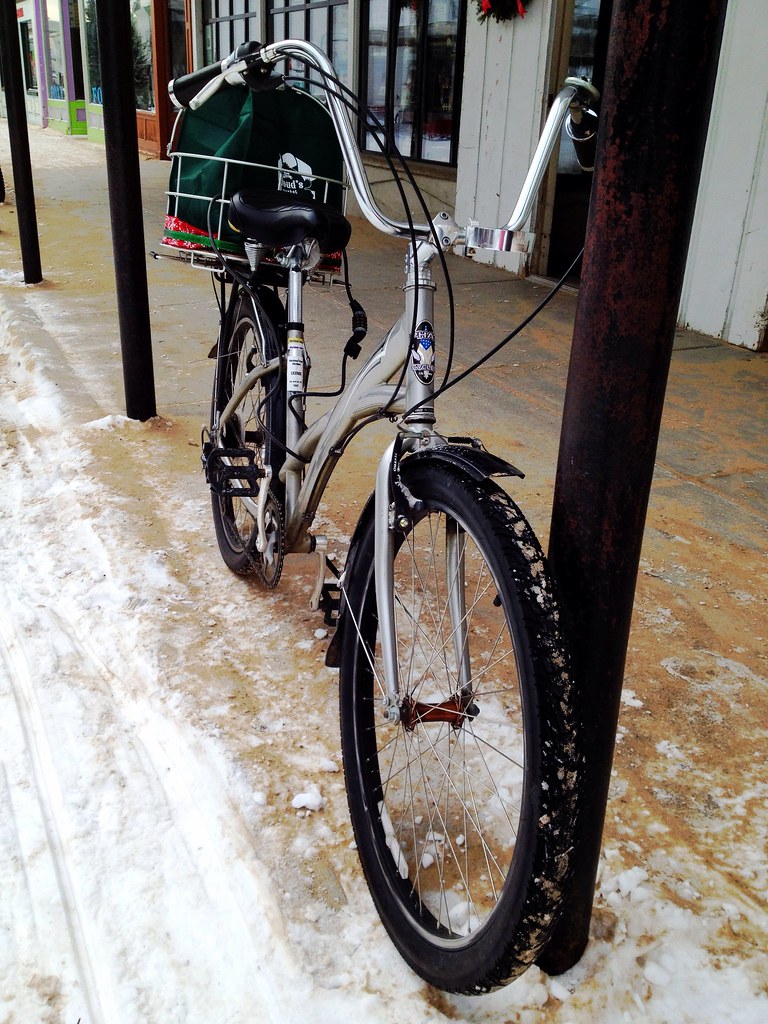
Here’s something that will make you reconsider what makes a truly bike-friendly place: Mackinac Island, Michigan, came out on top again, the only location to score 100 — increasing the town’s already stellar 2024 score of 99. Mackinac Island achieves this perfect score through a simple but radical approach – motor vehicles are banned on the island, making cycling and walking the primary forms of transportation.
While Mackinac Island’s approach might not be replicable in larger cities, it demonstrates what’s possible when cycling is truly prioritized. The island serves as a living laboratory for car-free transportation, showing visitors from around the world what communities look like when they’re designed for people rather than vehicles. It’s a reminder that sometimes the most bike-friendly places are those that have made the boldest choices about transportation priorities.
Long Beach, California: The Comprehensive Network Builder
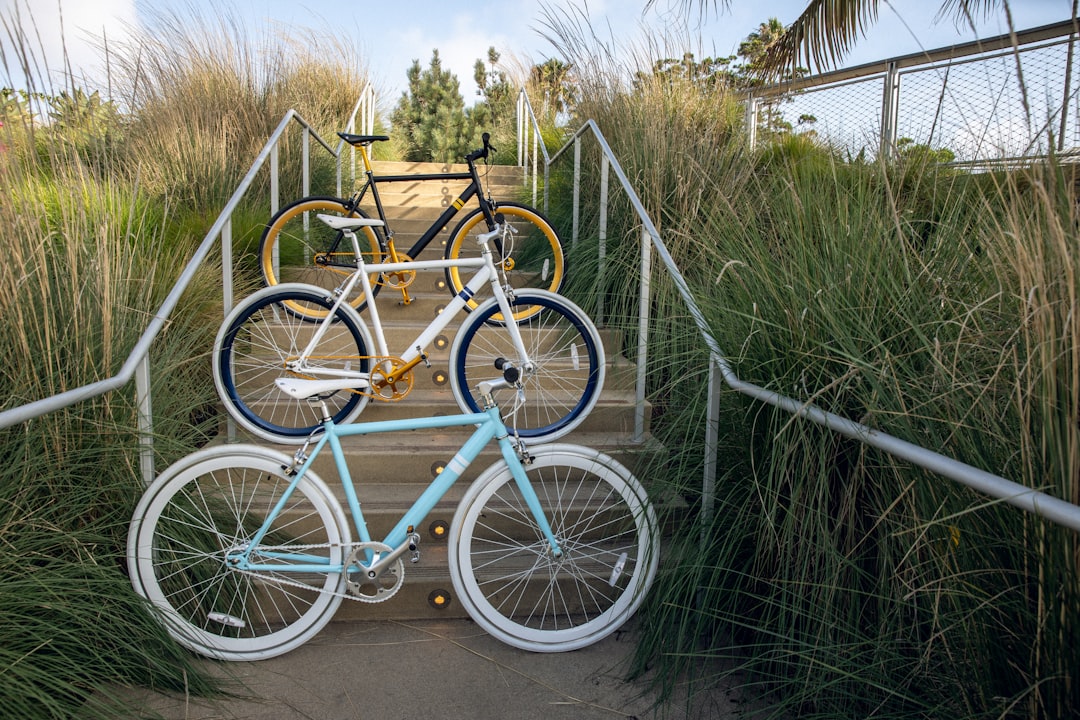
Long Beach has been quietly building one of California’s most comprehensive cycling networks, and the results are impressive. The largest program is the Long Beach Bike Share, which offers 650 bikes at 112 hubs throughout the city (with more on the way), along with subsidized subscriptions for qualifying residents. The city’s approach combines infrastructure development with programs that make cycling accessible to residents regardless of income level.
What sets Long Beach apart is its commitment to expanding existing infrastructure while ensuring equity in access. Many other projects are on the way which will expand existing bike infrastructure, showing that the city views cycling infrastructure as an ongoing investment rather than a one-time project. Long Beach demonstrates how mid-sized cities can create world-class cycling infrastructure through sustained commitment and smart planning.
The Data Behind America’s Cycling Revolution
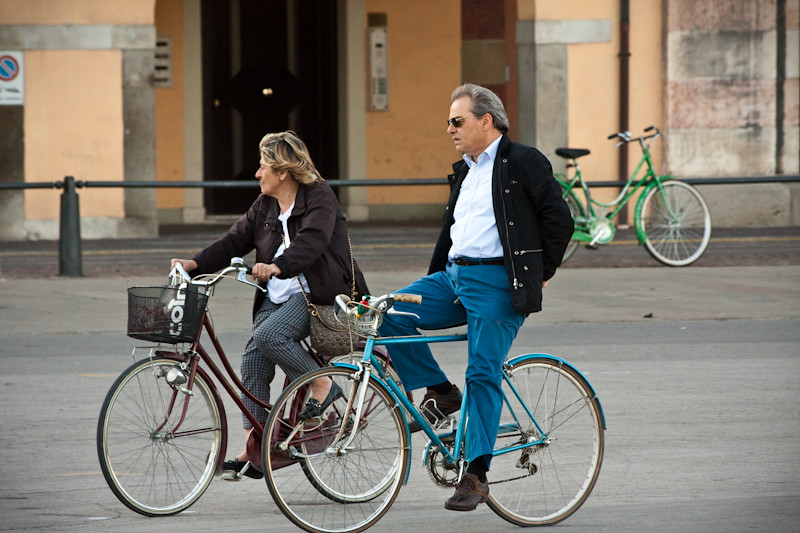
The numbers tell an incredible story about America’s changing relationship with cycling. 234 U.S. cities scored 50 or higher in PeopleForBikes’ 2025 City Ratings, up from just 33 cities in 2019, signaling an improvement in bikeability in cities across the country. That’s a more than seven-fold increase in just six years – a transformation that would have seemed impossible just a decade ago.
More than 2,500 cities received a ranking this year, and scores across the country went up significantly, meaning investment in bicycle infrastructure continues to take place en masse. The group’s Bicycle Network Analysis ranks cities on a scale of 0 to 100 across what the group has dubbed its “SPRINT” criteria: safe speeds, protected bike lanes, reallocated space for biking and walking, intersection treatments, network connections, and trusted data. These comprehensive metrics show that real progress requires more than just painting bike lanes – it demands systematic changes to how cities think about transportation.
The revolution in American cycling infrastructure isn’t just about individual cities anymore – it’s about a fundamental shift in how we design communities. From Brooklyn’s protected lanes to Minneapolis’s winter-ready infrastructure, these cities prove that bike-friendly doesn’t have to mean bicycle-only. What would you have guessed about which city scored a perfect 100?

